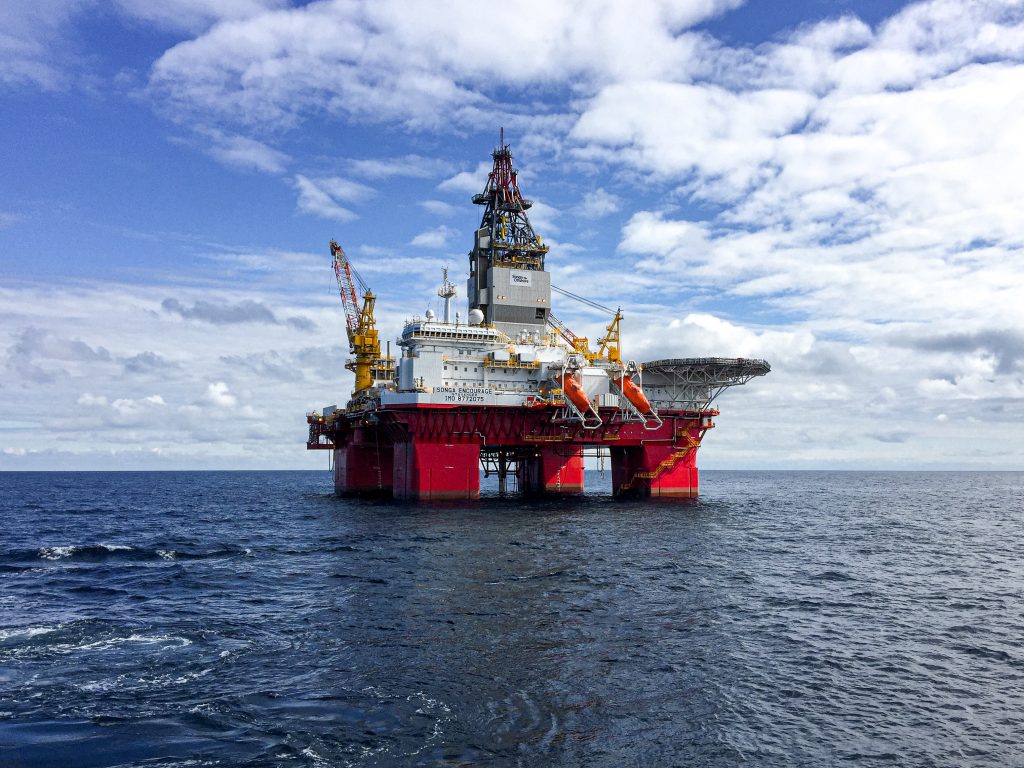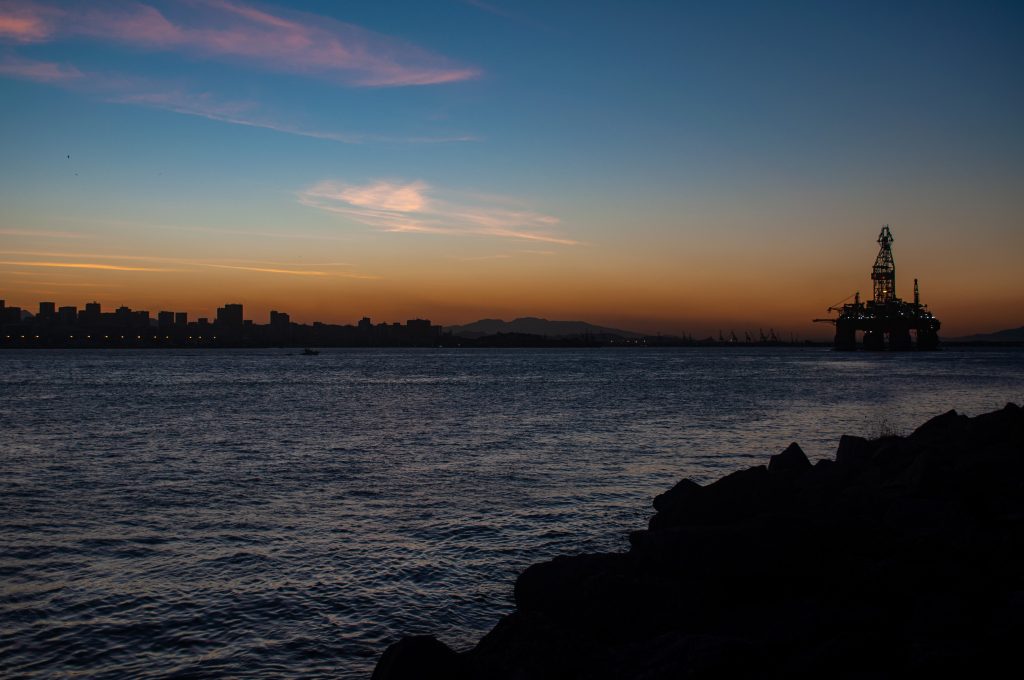- en
- fr
LNG projects to watch for 2023
In the next 12 months, several LNG projects are expected to reach interesting phases and milestones. With the conflict in Ukraine still unresolved, there is continuing uncertainty for the LNG market particularly in Europe, while international supplies continue to make up for gas previously supplied by Russia. A milder winter has helped with the rebuild of EU storage, however, regasification capacity continues to be a concern with several EU projects looking to address this weakness. In the US both production and export of natural gas are currently expected to increase through 2023-24, significantly driven by European needs.

Six LNG projects to watch include:
- Qatar LNG: The scope of the LNG expansion, which was first announced in 2018, later expanded after successful appraisal efforts revealed that the North Field’s productive layers, one of the largest gas plays in the world, extend into Qatari territory in Ras Laffan. By 2027, the expansion is predicted to increase the amount of LNG available globally by more than 48 mmty. The North Field is a portion of the largest gas field in the world, which Qatar and Iran both call South Pars. The North Field South (NFS) expansion is a part of Qatar’s strategy to maintain its position as the top LNG exporter in the world and satisfy Europe’s rising fuel demand. Six LNG trains are part of the two-phase expansion plan to increase liquefaction capacity from 77 million tonnes per year (Mtpa) to 126 Mtpa by 2027. QatarEnergy has named Shell, TotalEnergies and ConocoPhillips as the three project partners
- Driftwood LNG: The future of Driftwood LNG continues to be unpredictable into 2023. While owner Tellurian has continued to push a positive message, recent setbacks including the failure of a US$1 Billion bond, and cancellation of 10-year SPA agreements with Shell and Vitol have left questions over tit’s future viability. Tellurian now has until January 31 to confirm its remaining supply deal with trader Gunvor. And is believed to now be in talks with several equity providers to secure the required financing. EPC works on Phase 1 of the project undertaken by Bechtel started in April 2022, and latest reports indicate that the early works package is currently continuing

- Mozambique LNG: Mozambique LNG is the nation’s first onshore LNG project, now operated by TotalEnergies following the Occidental buyout of Anadarko and subsequent Total acquisition of the Anadarko stake. When finished, it will have a capacity of 12.8 million tonnes of LNG per year, using feed gas from Mozambique Area 1. The project was supposed to produce the first LNG cargo in 2024, however, while the project’s final investment decision was made in June 2019, the project stalled in early 2021 due to a worsening security situation in country, and while Total’s Patrick Pouyanne has so far been guarded publicly about a restart, the Indian oil company BPCL, which owns a 10% stake and has a 15-year SPA for 1 mtpa has stated that production could resume in the first half of 2023.
- Greater Tortue FLNG: Greater Tortue Ahmeyim is an offshore LNG project based on upstream gas production in 2km-deep waters off the coasts of Mauritania and Senegal. It is Africa’s deepest offshore project to date. Greater Tortue Ahmeyim is based on the development of two offshore gas fields, Tortue and Ahmeyim. The LNG project is being developed collaboratively by BP, Kosmos Energy, Petrosen, and Societe Mauritanienne des Hydrocarbures (SMHPM), with BP serving as the operator. The Greater Tortue Ahmeyim LNG project, which is being developed in stages, is expected to produce up to 10 million tonnes of LNG per year (Mtpa). The GTA project will generate gas using an ultra-deepwater subsea system and a mid-water FPSO vessel, which will process the gas and remove heavier hydrocarbon components. The gas will then be transferred to a floating liquefied natural gas (FLNG) facility at a nearshore hub on the maritime border between Mauritania and Senegal. Despite delays related to the FPSO sail away, BP’s project partner, US-based Kosmos Energy, says the project is on track for the first gas in 3Q 2023.
- Darwin-Barossa Pipeline: The Darwin LNG plant’s first gas production using Barossa gas is scheduled for the first half of 2025. Currently, gas is transported from Santos’ offshore Bayu-Undan field to the onshore Australia Darwin LNG plant (DLNG) for conversion into liquefied natural gas (LNG) for export via a subsea pipeline (3.7 Mtpa capacity, one train). However, with the Bayu-Undan field reaching end-of-life, Barossa will be filling the gap at DLNG via a Pipeline extension project which is expected to come online in 1H 2025. The Bayu-Undan field’s future, however, is likely to be secured as a new carbon capture and storage (CCS) site, with CO2 from DLNG piped back to, and stored at Bayu-Undan. “Taking FID (final investment decision) on the Darwin Pipeline Duplication Project will allow for the Barossa project to be CCS (carbon capture and storage) ready,” Chief Executive Officer Kevin Gallagher said. In June 2022, Australia’s targets were raised to reduce greenhouse gases emissions (GHG) to 43% below 2005 levels by 2030 and again to net zero by 2050. If the Bayu-Undan FID, scheduled for 2023, is given the go-ahead, it has the potential to be the largest CCS project approved globally.
- Grain LNG (expansion by National Grid): Grain LNG is strategically important to the UK’s energy infrastructure and supply security. Grain LNG, a fully owned subsidiary of National Grid PLC was first built in the 1980’s and has been used to import gas since 2005. The “Re-Life” project currently underway at the terminal aspires to be the world’s leading LNG import terminal. With the ability to supply 40% of UK LNG demand, it is poised to continue playing a crucial role in the transition to a cleaner energy future. The project entails expert engineering work on a variety of assets, including import structures, storage, export, boil-off gas compression systems, and all supporting systems that keep the terminal operational on a daily basis. Extra non-contracted capacity is expected from 2028/29 with expressions of interest invited a few months ago.
With the continued importance of these, and other, LNG projects worldwide, Comsip has an ongoing need for experienced contract and permanent staff across a range of engineering and project management disciplines.
Oil & Gas

